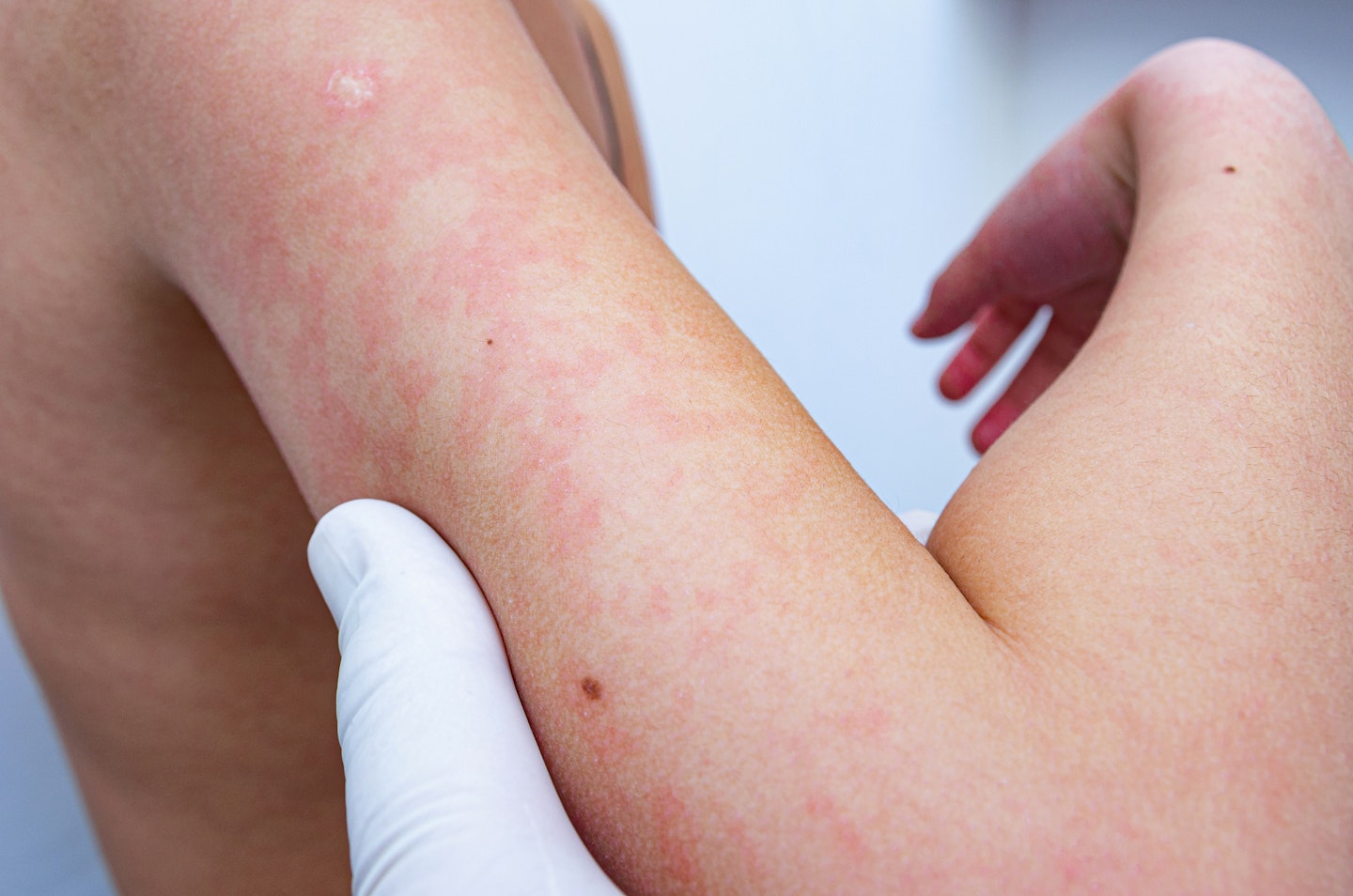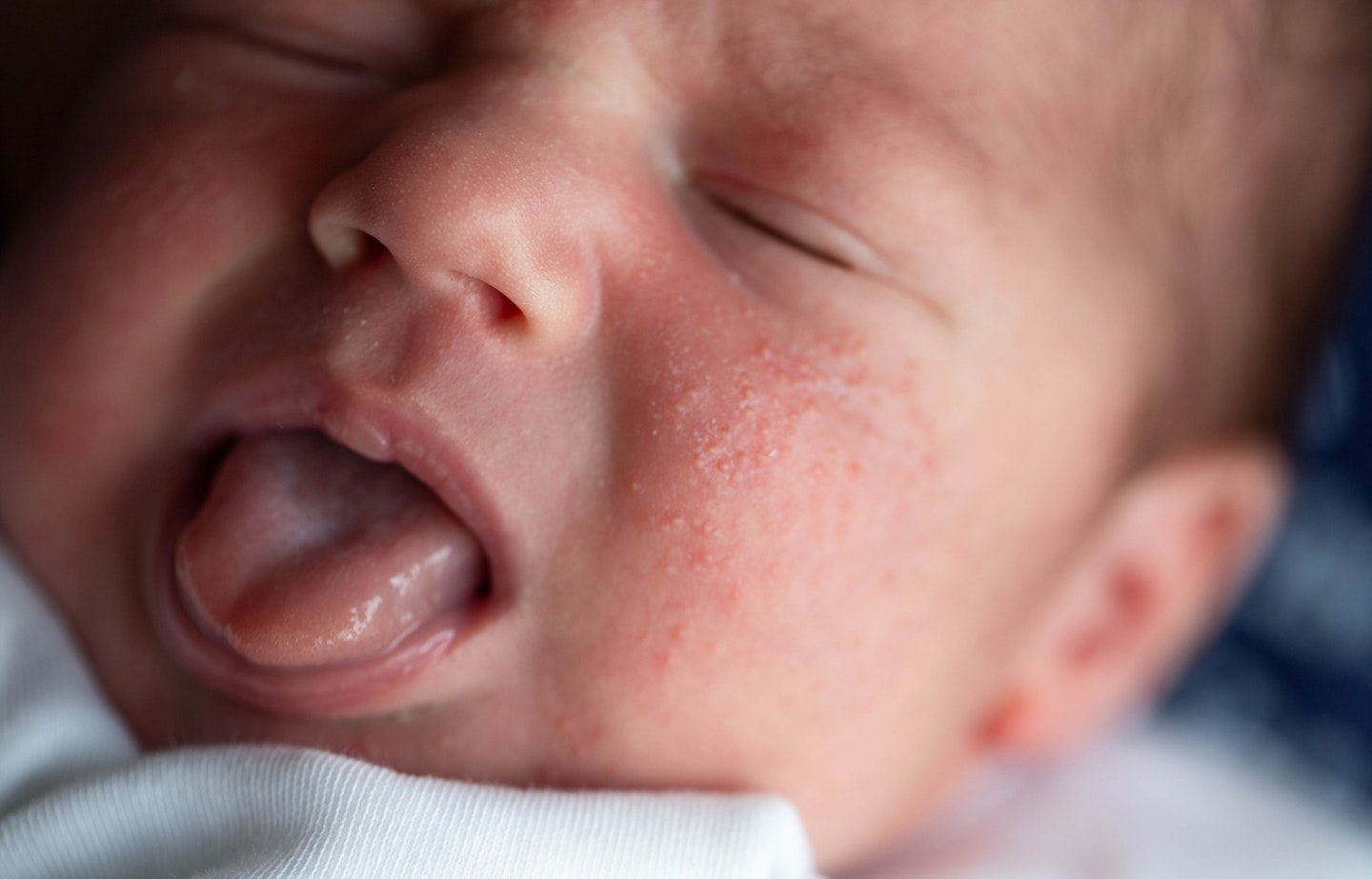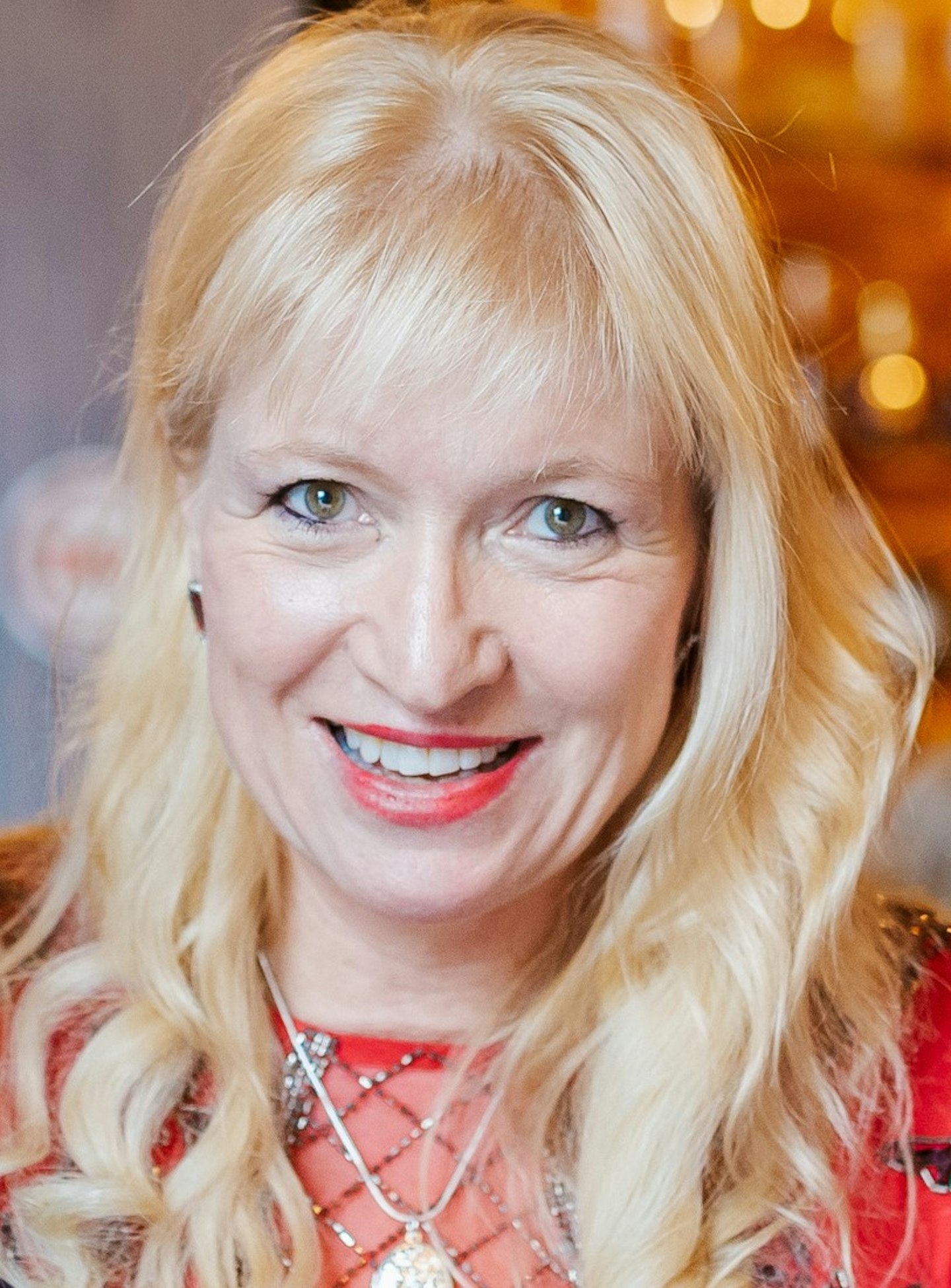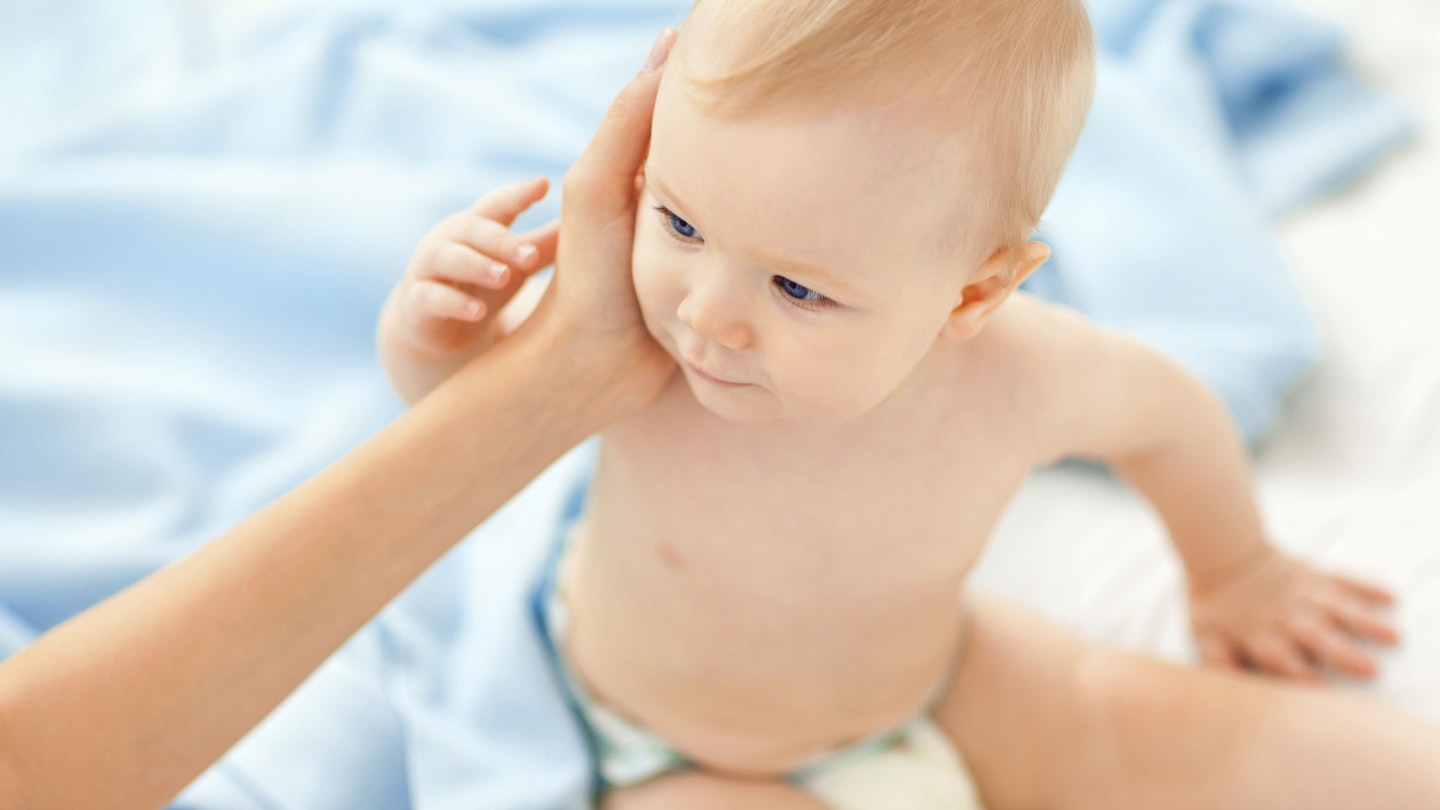Parents often panic about heat rash in their babies and young children for several reasons.
A heat rash can cause significant discomfort, itching, and irritation. Parents naturally worry about any condition that causes their child pain or distress. Heat rash can present as red or pink bumps, and in some cases, may look severe or alarming to a parent who is unfamiliar with it. Any unusual or sudden change in a child's skin can be concerning.
And, parents may worry that the rash could be a symptom of a more serious underlying condition, such as an infection or allergic reaction, which would require medical attention.
In some cases, untreated or severe heat rash can lead to complications such as skin infections. Here, we spoke to Dr. Deborah Lee, Dr Fox Online Pharmacy who shared expert advice on everything you need to know about a heat rash.
What is a heat rash?
"A heat rash in babies is a red skin rash, raised with tiny blisters. These are due to blocked sweat glands in the skin so that the sweat collects as little bumps under the skin. There are 3 types of heat rash in babies –
-
Miliaria rubra – Tiny red bumps in the skin that can be itchy,
-
Milaria crystallina – Little white, fluid-filled bumps under the skin.
-
Milaria profunda – Larger flesh-coloured, fluid-filled spots.

The rash occurs as the baby’s body is trying to cool down due to being overheated, says Dr. Deborah Lee
Is it symptoms?
A heat rash appears when the baby’s body needs to take steps to cool down. It could be because the baby is too warmly dressed, there is inadequate ventilation, the room temperature is too hot, or the baby is unwell. The rash can occur anywhere but is likely to be found in hot areas of the body such as the armpits and groin. Often the rash can feel itchy, says Dr Deborah Lee.

How to avoid a heat rash?
Keep your baby cool, and avoid over-covering them in thick clothing. Make sure they wear light, breathable layers that can be easily removed. Parents often use too many blankets. Don’t allow your baby to overheat.
Make sure your baby is not exposed to direct sunlight. Keep them in the shade.
Keep the fan or air conditioning on when it is hot.
If your bay looks hot or red in the face and flushed, strip off their clothing and keep them cool.
What can you do to help a heat rash?
Remove the baby from the heat source.
Give the baby a tepid bath. Apply a cool compress to the affected area. Pat the area dry. You could allow your baby to lie on a towel naked and kick their feet in the fresh air. Don't apply creams or lotions as this can make the itching worse and reduce the transmission of heat.
Make sure your baby is well hydrated – breastfeed on demand or give extra beakers of water.
There are no specific creams to use on a heat rash. They can occasionally be infected so if you are worried, and in particular, if your baby has a temperature, see your GP.
When to seek advice?
A heat rash in babies will usually go away on its own without any specific treatment within a couple of days. However, if the blisters look yellow or persist for 3 or more days, they may occasionally be infected, so if you are worried, and in particular, if your baby has a temperature or seems generally unwell, see your GP", says Dr. Deborah Lee.
For more information
Meet the expert:

Having worked for many years in the NHS, mostly as Lead Clinician within an integrated Community Sexual Health Service, [Dr Deborah Lee]{href='https://www.doctorfox.co.uk' }now works as a health and medical writer, with an emphasis on women's health, including medical content for Dr Fox pharmacy. She has published several books and remains passionate about all aspects of medicine and sexual health. After completing her Medical Degree at University of Southampton Medical School in 1986, Dr Lee trained as a GP and after a number of years specialised in Sexual & Reproductive Health (S&RH).
Mummy to a little girl, Adejumoke Ilori is Commercial Content Writer for Mother&Baby. With a BA hon in Creative Writing, she has worked for digital platforms, where she has empowered women from the inside and out, by sharing real life stories based on relationships and loving yourself
